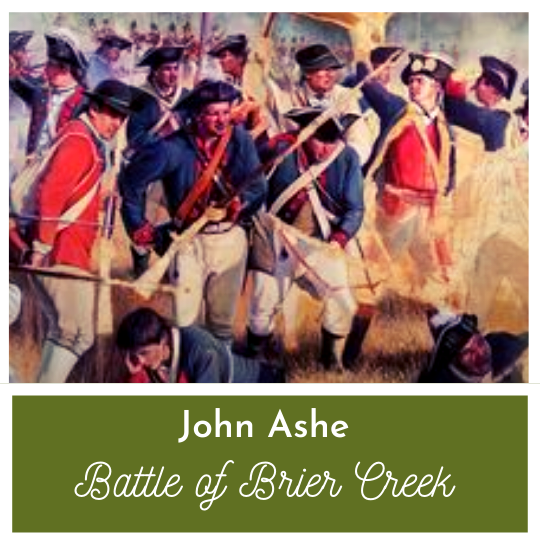The Snow Campaign - Richard Richardson Introduces the South to Revolution
Richard Richardson was the first man to lead a campaign in South Carolina at the outset of the Revolutionary War.
South Carolina Joins the War
After war broke out at Lexington and Concord, Patriots throughout the colonies began to prepare to face off with Great Britain. Many places began routing out Tories, and South Carolina was no different.
With the Royal Governor exiled on a ship off the coast, the Patriots had effectively taken control of the colonial government. However, the interior of South Carolina was still full of Loyalists.
The decision was made to send an expedition to the frontier in order to give power back to the rebels.
Richard Richardson
The Provincial Assembly chose Richard Richardson to lead the campaign.
Richardson, who had previously served in Anglo-Cherokee War, was commissioned as a Brigadier General in the militia. When he received this title, Richard was already 71 years old.
In late November 1776, he set off with about 1000 men.
The Battle of Great Cane Brake
Along the way, Richardson broke up several Loyalist militias, capturing their officers.
As he traveled, frontier Patriots (who until now felt very secluded) flocked to join his ranks. Additionally, the soldiers were joined by other militias under Colonel William Graham and Colonel Griffith Rutherford.
The journey’s climax came at the Battle of Great Cane Brake. Richardson had sent a detachment of men under Colonel William Thomson who surprised a group of approximately 500 Loyalists at dawn.
Make it stand out
Snow in the South
Richardson’s efforts had essentially eliminated Loyalist opposition in the South Carolina back-country.
However, on the march home, a rare snowstorm hit the South. Most of the men, who were unprepared for these conditions, were sent home, though several continued to Charleston with the prisoners. This is how Richardson’s expedition came to be known as the ‘Snow Campaign.’
In an effort to keep peace on the frontier, most of the prisoners were released soon after.
Charleston
As for Richard, despite being an old man he continued to serve in the militia.
When the British seized Charleston in 1780, he was one of the men who attempted to defend the city. Like most of those who survived, he was taken captive as a prisoner of war.
Now approaching 74 years of age and of failing health, Richardson was one of the first men released. In essence, he was sent home to die, which he did just a few months later.
Published 6/2/19 - Updated 9/26/21
Do you want to read about other Revolutionaries from South Carolina?
You might like some of these stories:
William Henry Drayton and the Annexation of Georgia
Alexander Gillion - Commodore of the South Carolina Navy
Christopher Gadsden Designs the ‘Don’t Tread on Me’ Flag
Want to get fun American Revolution articles straight to your inbox every morning?
Your in luck!
You can subscribe to my email list here.
You might also want to support Founder of the Day on Patreon.
The South Carolina frontier had a unique experience in the War of Independence.
‘Charlotte and the American Revolution’ gives a detailed account of this part of the world during the hostilities.
Pick up a copy through the Amazon affiliate link below (you’ll support this site, but don’t worry, Amazon pays me while your price stays the same).







